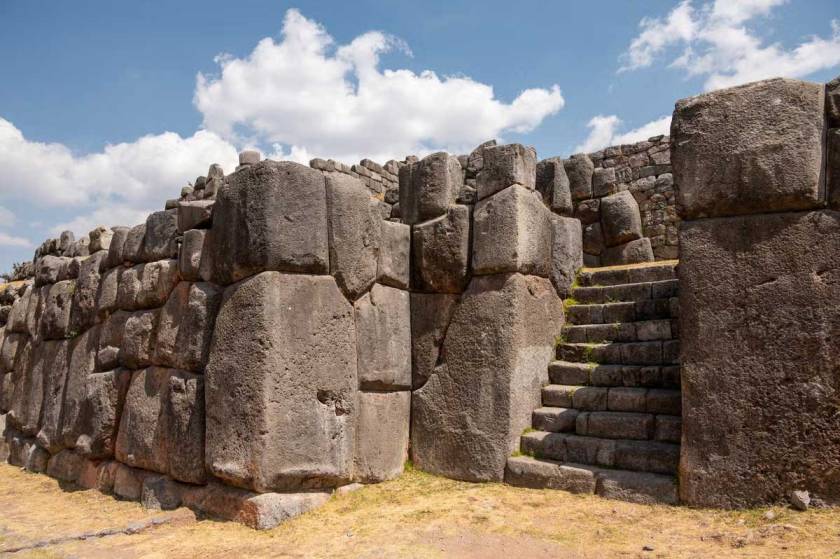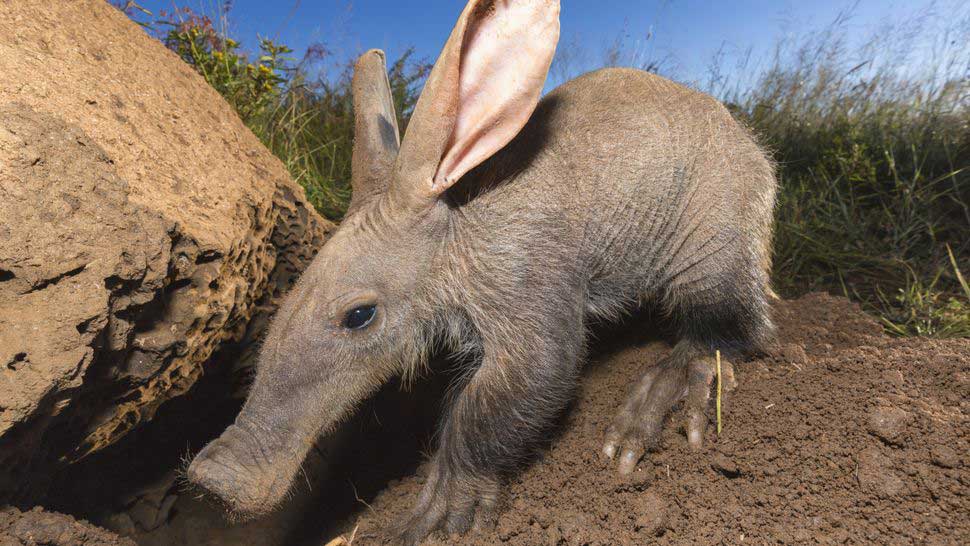Archaeologists in Norway have discovered a cemetery dating from 800 to 200 BCE, where mostly children were buried. Because the remains of nearly 40 children, all under the age of 6, were found there, experts are unsure what prompted the discovery of these remains in Norway. Each grave was marked by carefully placed, symmetrical stone circles. The group of 41 stone circles near Fredrikstad in southeastern Norway puzzled the team of archaeologists when they first discovered them. What they found beneath the circles did not help solve any of the mysteries.
Each of the symmetrical stone circles, ranging in diameter from 3 to 6 feet, some with another stone placed in the center and others placed nearby like cobblestones on a street, was covered with the remains of pottery shards and burnt bones. Research has shown that 39 of the 41 graves were either infants or children under 6, according to a statement from the University of Oslo’s Museum of Cultural History. Two other graves contained the remains of adults, but they were located slightly away from the larger group.
Experts date the bones and other artifacts to between 800 and 200 BCE, meaning the children were buried over hundreds of years, not suddenly.
“The children’s grave field is unique in the Norwegian context,” the museum said in a statement, “and opens up many unanswered questions: Why were children buried in a separate place? Why here? And how did they maintain this tradition for several hundred years?”

Archaeologists discovered the stones inches underground while planning an expansion of a local quarry.
Archaeologists had originally hoped to find more evidence from the Stone Age, but were unprepared for the graves, which span the transition between the Bronze and Iron Ages. “The children’s graves were found in an area rich in cultural heritage,” the museum said in a statement, “including many rock paintings from this period that speak of travel and sun worship. The newly discovered children’s graves open up new questions about the people who lived at the time.”
Excavation leader Guro Fossum told Science Norway that when they were first found, they thought the stones must be graves. “There was something special about the whole place,” she said.
Fossum continued: “The graves are very close to each other. They must have been in an open area, near major transportation routes, so everyone would have known about them. Cooking pits and hearths around the burial site indicate that gatherings and ceremonies were held in connection with the burials. In addition, all the graves were very beautiful and carefully crafted. Each stone had been brought from a different location and precisely placed in the formation. We wondered who had put so much effort into it.”

When the results came back that the remains were children’s graves, “it made sense,” Fossum said. “It was done with such care.”
The well-preserved site has remained intact for centuries. “The dating shows that the burial site was used over a long period,” Fossum told Science Norway, “so they could not all have perished in the same natural disaster, disease outbreak or epidemic.”
The museum’s exhibition reconstructs the stone tomb and demonstrates the process of archaeological excavations, as well as the remaining mystery of the stone circles.
Meanwhile, the search for answers continues. “The analysis of the pottery fragments can tell us a lot,” Fossum said. “It appears that not all the vessels were containers for cremated bones; some were placed between graves, and we are very curious about what was inside.”






